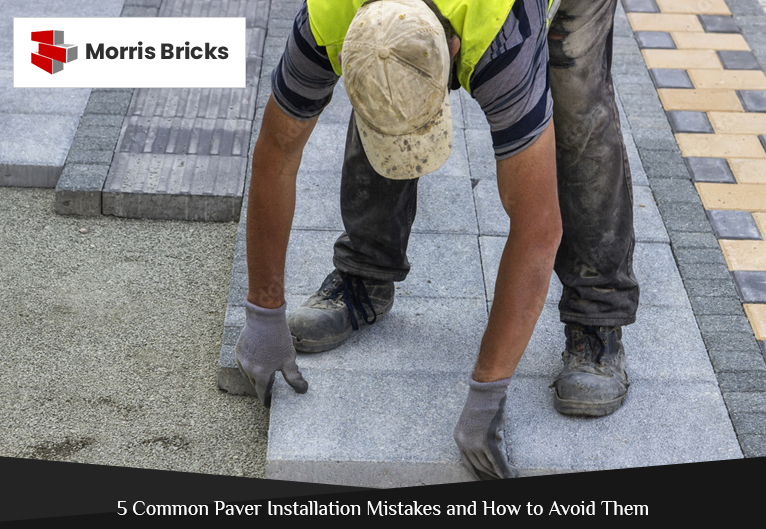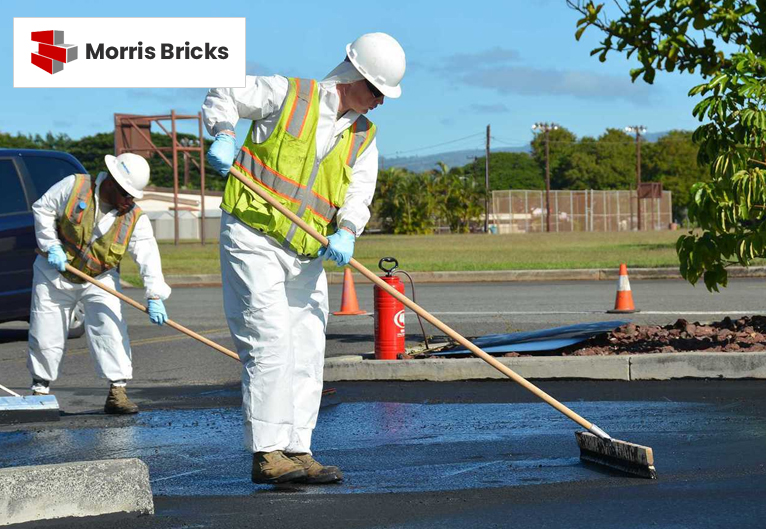5 Common Paver Installation Mistakes and How to Avoid Them
Installing pavers is a rewarding project that enhances your outdoor space. However, it is easy to make mistakes during the process. These mistakes can lead to problems such as uneven surfaces, poor drainage, and shifting pavers. So, let’s dive in and explore the most common mistakes and how to avoid them.
1. Poor Planning
One of the biggest mistakes in paver installation is poor planning. Many people rush into the project without proper preparation. This can lead to various issues down the line. To avoid this, start by creating a detailed plan. Measure the area where you want to install the pavers. Then, sketch a layout that includes the pattern and design you want to achieve. Additionally, plan for any necessary drainage. This will help you avoid water pooling around your pavers.
Moreover, consider the type of pavers you will use. There are various materials and styles available. Choosing the right one for your climate and usage is essential. Planning helps you gather all the necessary materials and tools before starting the installation. As a result, you avoid delays and ensure a smooth installation process.
2. Inadequate Base Preparation
Another common mistake is inadequate base preparation. The base is the foundation of your paver installation. If it is not properly prepared, your pavers will not stay in place. Begin by excavating the area to the correct depth. This depth will vary depending on the type of pavers and the intended use of the surface.
Next, add a layer of gravel or crushed stone. This layer provides stability and promotes drainage. Compact the gravel thoroughly using a compactor. Compaction is crucial to prevent settling and shifting of the pavers over time. After that, add a layer of sand on top of the gravel. This sand layer helps to create a smooth and even surface for the pavers.
Ensure that the base is level and even. Uneven bases can result in uneven paver surfaces. By taking the time to prepare the base correctly, you set the stage for a successful paver installation.
3. Skipping Edge Restraints
Skipping edge restraints is a mistake that can lead to shifting pavers. Edge restraints are essential for keeping your pavers in place. They prevent the pavers from spreading and moving out of alignment. There are different types of edge restraints, including plastic, metal, and concrete.
Install edge restraints along the perimeter of your paver installation. Secure them firmly to ensure they hold the pavers in place. This step is crucial, especially for areas with high foot traffic or vehicular use. Edge restraints also help to maintain the shape and design of your paver layout.
By using edge restraints, you ensure that your paver installation remains stable and looks neat and professional. Do not skip this important step to save time. It is worth the effort to install edge restraints for a long-lasting paver installation.
4. Incorrect Paver Placement
Incorrect paver placement is another common mistake. Proper placement is essential for achieving a visually appealing and functional paver surface. Start by laying the pavers according to your planned design. Use string lines or a chalk line to maintain straight lines and consistent spacing.
Place the pavers carefully and avoid gaps or overlapping. Gaps can cause tripping hazards and allow weeds to grow between the pavers. On the other hand, overlapping pavers can create an uneven surface. Use a rubber mallet to tap the pavers into place and ensure they are level with each other.
Additionally, pay attention to the paver joints. The joints should be uniform and filled with sand. This helps to lock the pavers in place and prevent movement. Take your time during this step to achieve a precise and professional-looking installation.
5. Neglecting Maintenance
Neglecting maintenance is a common mistake that can shorten the lifespan of your paver installation. Regular maintenance is essential to keep your pavers looking great and functioning properly. Start by sweeping the paver surface regularly to remove dirt and debris. This prevents the buildup of grime that can stain the pavers.
Inspect the paver joints for signs of erosion or weed growth. Reapply joint sand as needed to keep the joints filled and stable. Additionally, clean any stains or spills promptly to prevent permanent damage. For stubborn stains, use a paver cleaner that is safe for your specific type of pavers.
Seal the pavers periodically to protect them from the elements. Sealing helps to prevent water penetration, fading, and staining. Follow the manufacturer’s recommendations for sealing frequency. By performing regular maintenance, you can extend the life of your paver installation and keep it looking beautiful for years to come.

